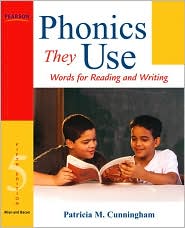As we begin to think about how we think about literacy as teachers, I want us to explore the role literacy plays in our everyday lives. One way to do this is to create a literacy snapshot. Over the course of the next week, I would like you to document your use of literacy, whether it be writing emails to friends, posting to your Facebook, reading a textbook for class or attending an art show. While you are documenting these events, I would also like you to collect artifacts that supplement your documentation about your literacy activities. Artifacts could include magazine clippings, photos, or screen shots. Once you have engaged in several days (think about five or so days) of documentation and artifacts, create a visual representation of your learning about your own literacy practices. You will bring this visual representation to class and we engage in a gallery walk to observe our similarities and differences as literate beings.

This is my visual representation of my own literacy practice last spring. Note the variety of artifacts I chose to include, including the admission that I regularly read
perezhilton.com. I'm okay with it.
To make your documentation process easier, I have created a template for you to use. It is a Google doc, which you can use
here. It is my hope that this activity will help you think about beginning your Beliefs and Understandings paper.
Literacy Snapshots are due in class Monday, September 7. Please email me with questions or concerns - or, even better yet, leave a comment!
 This is my visual representation of my own literacy practice last spring. Note the variety of artifacts I chose to include, including the admission that I regularly read perezhilton.com. I'm okay with it.
This is my visual representation of my own literacy practice last spring. Note the variety of artifacts I chose to include, including the admission that I regularly read perezhilton.com. I'm okay with it.

